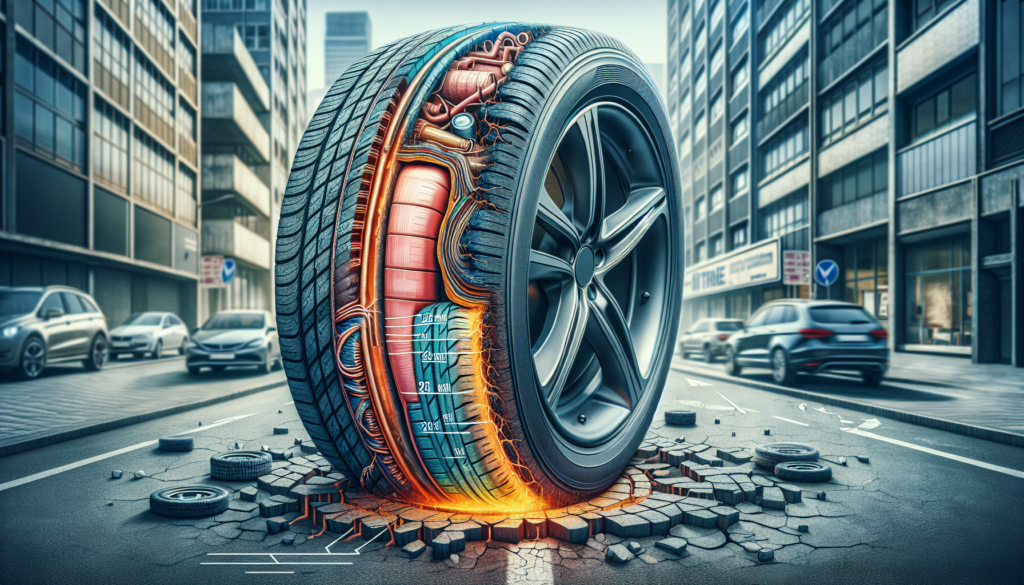Did you know that low tire pressure could potentially lead to blowouts? It’s true! When your tire pressure is too low, it puts extra strain on the tire walls, causing them to weaken over time. This can ultimately result in a blowout, leaving you stranded on the side of the road. So, it’s crucial to regularly check your tire pressure and ensure it’s at the recommended level to prevent any unexpected and dangerous situations. Stay safe on the road by keeping your tires properly inflated!
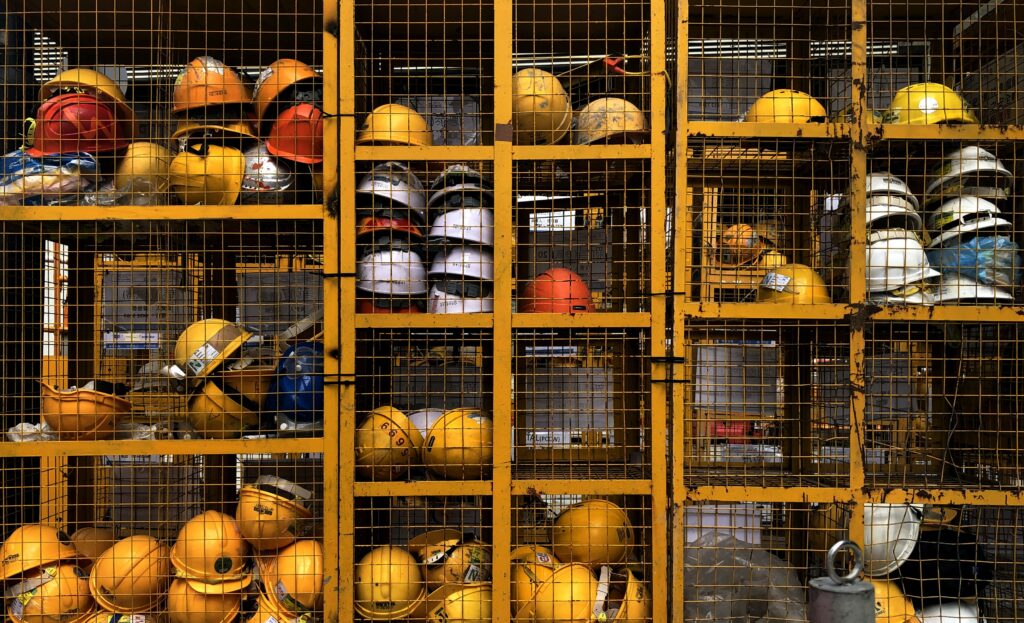
The Importance of Tire Pressure
Proper tire pressure is a crucial aspect of vehicle maintenance that should never be overlooked. Many people may not realize just how important it is to maintain the correct tire pressure, but this simple task can have a significant impact on your safety and the overall performance of your vehicle. In this article, we will explore the importance of tire pressure and how it can affect the likelihood of experiencing a blowout.
Maintaining Proper Tire Pressure
Maintaining the proper tire pressure is not only essential for your safety but also for the longevity of your tires. When your tires are inflated to the recommended pressure, they can properly distribute the weight of your vehicle, ensuring even wear and extending the lifespan of your tires. Additionally, properly inflated tires can optimize fuel efficiency, saving you money in the long run.
Effects of Low Tire Pressure
One of the main concerns of low tire pressure is the increased risk of blowouts. When your tires are underinflated, they experience excessive sidewall flexing, which can generate heat. This heat buildup weakens the tire’s structure and increases the likelihood of a blowout. Additionally, low tire pressure can also lead to reduced traction and stability, affecting your vehicle’s overall handling and performance.
Understanding Blowouts
Before we dive deeper into the impact of low tire pressure on blowouts, let’s first define what a blowout is. A blowout occurs when a tire suddenly bursts, often causing a loss of control over the vehicle. This can be a dangerous situation, especially if it happens at high speeds. Understanding the causes of blowouts will help us grasp the importance of maintaining proper tire pressure.
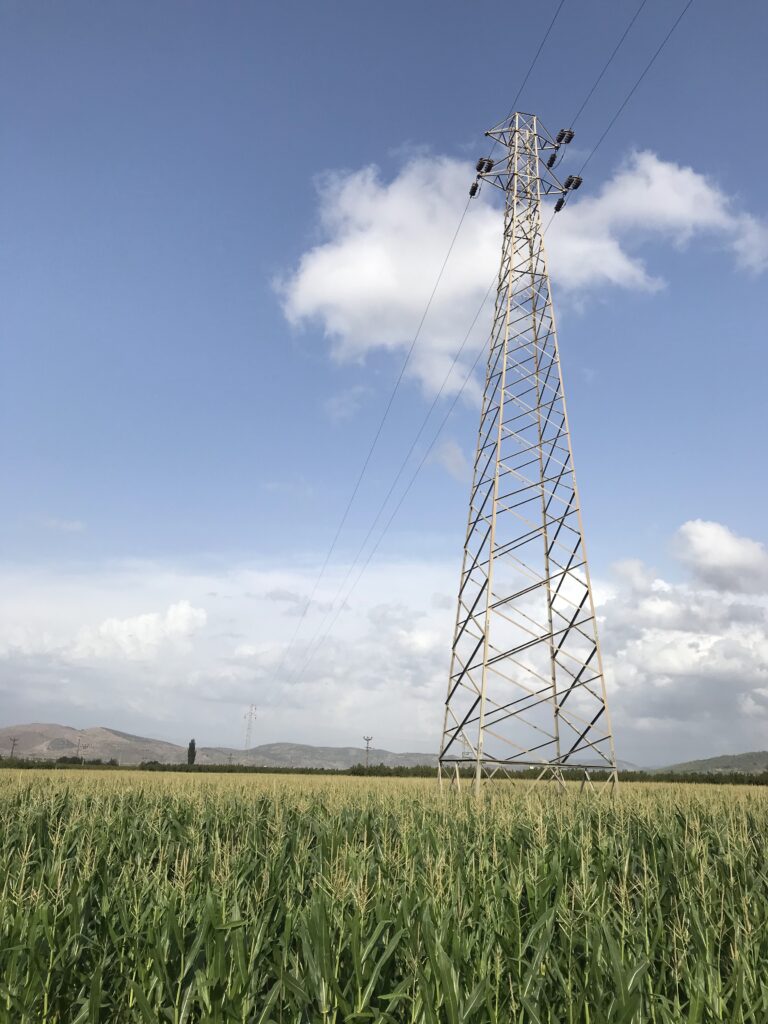
Causes of Blowouts
Blowouts can be caused by various factors, but one of the most common reasons is low tire pressure. When your tire is not inflated to the recommended pressure, it becomes more susceptible to damage and failure. Other causes of blowouts include potholes, hitting curbs, overloading the vehicle, and driving on worn-out or old tires.
Low Tire Pressure and Blowouts
Now that we’ve established the connection between low tire pressure and blowouts, let’s explore the impact of low tire pressure on the likelihood of experiencing a blowout.
Tire Overheating
As mentioned earlier, low tire pressure leads to increased sidewall flexing. This flexing generates heat, which causes the tire to overheat. Overheating weakens the tire’s structure and can lead to a blowout, especially when the vehicle is traveling at high speeds or for extended periods.
Increased Friction and Flexing
Low tire pressure also increases the friction between the tire and the road surface. This excessive friction causes the tire to flex more than usual, further contributing to the wear and tear on the tire. The increased flexing can weaken the tire’s integrity, making it more susceptible to failure, including blowouts.
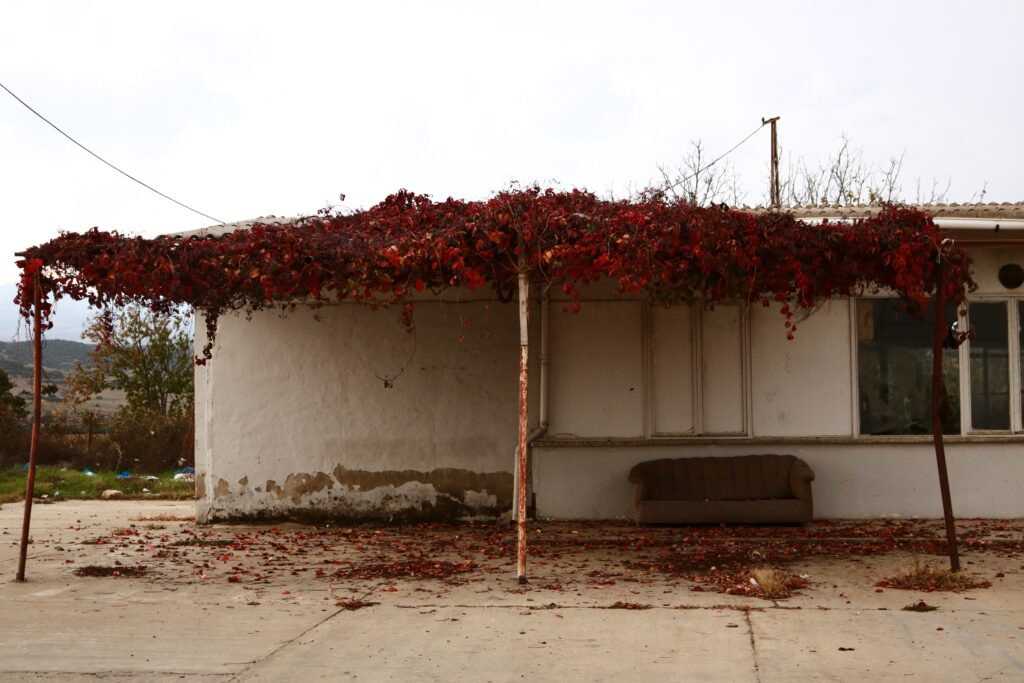
Signs of Low Tire Pressure
Now that we understand the impact of low tire pressure on blowouts, it is imperative to be able to recognize the signs of low tire pressure. By understanding these signs, you can promptly address any issues before they lead to blowouts.
Visual Inspection
Performing a visual inspection of your tires is an easy way to identify low tire pressure. Look for any noticeable signs of sagging or a flattened appearance. If you notice that your tires look deflated or uneven, it is a good indication that your tire pressure may be low.
Performance and Handling Issues
Low tire pressure can also affect the overall performance and handling of your vehicle. If you notice that your vehicle is handling poorly, such as experiencing increased steering effort or difficulty maintaining a straight line, it could be a sign of low tire pressure. Additionally, if you feel any vibrations or abnormal noises while driving, it is worth checking your tire pressure.
Warning Lights
Many newer vehicles are equipped with a tire pressure monitoring system (TPMS) that alerts you when your tire pressure is too low. Pay attention to any warning lights on your dashboard that indicate low tire pressure. If a warning light illuminates, it is crucial to check your tire pressure as soon as possible.
Preventing Blowouts due to Low Tire Pressure
Preventing blowouts due to low tire pressure is relatively simple and requires regular maintenance and monitoring. By following these preventive measures, you can minimize the risk of experiencing a blowout.
Regular Maintenance
Regular maintenance is crucial to ensure that your tires are in optimal condition. Get into the habit of inspecting your tires regularly for signs of wear and tear, damage, or low pressure. Additionally, scheduling routine tire rotations, alignments, and inspections with a professional can help maintain the overall health of your tires.
Properly Inflating Tires
To prevent blowouts, it is vital to properly inflate your tires according to the manufacturer’s recommended tire pressure. This information can typically be found in your vehicle’s owner’s manual or on a sticker located on the driver’s side door jamb or inside the fuel filler door. Invest in a reliable tire pressure gauge and check your tire pressure at least once a month or before long trips.
Monitoring Tire Pressure
As mentioned earlier, newer vehicles often come equipped with a TPMS that alerts you when your tire pressure is low. However, even if your vehicle does not have this feature, it is still important to regularly monitor your tire pressure manually. Taking a few minutes each month to check your tire pressure can save you from the potential dangers of blowouts and ensure the longevity of your tires.
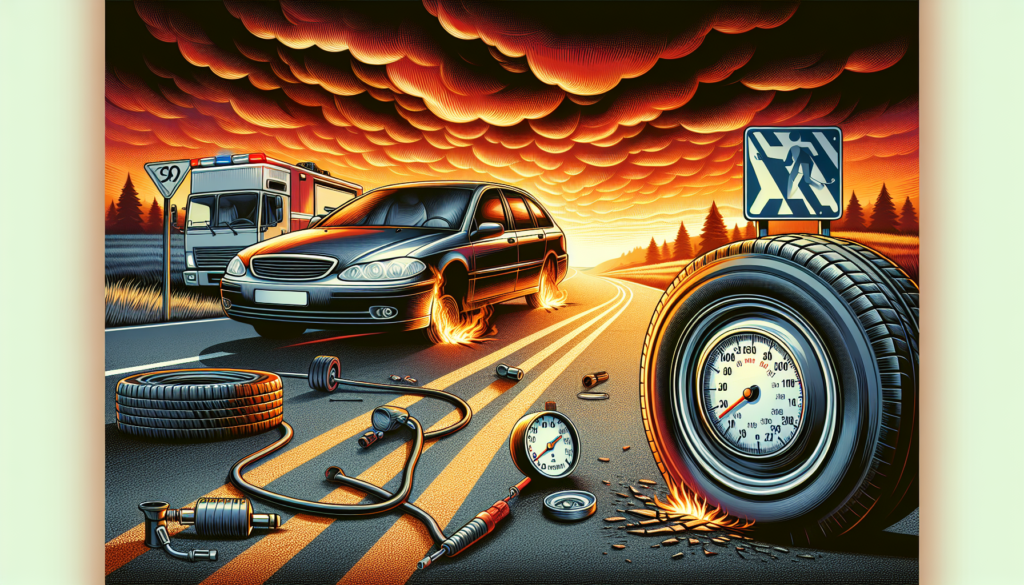
The Dangers of Blowouts
Blowouts pose significant risks to both the driver and other road users. Understanding the dangers associated with blowouts reinforces the importance of maintaining proper tire pressure.
Loss of Control
When a blowout occurs, it can result in a sudden loss of control over your vehicle. This loss of control can be extremely dangerous, especially at high speeds or in traffic-heavy areas. It can lead to accidents, rollovers, or collisions with other vehicles, endangering not only your life but also the lives of others.
Major Safety Risk
Blowouts are a major safety risk that should not be taken lightly. The sudden burst of a tire can startle the driver, possibly leading to panic or erratic reactions. Additionally, the loss of control caused by a blowout can make it challenging to maneuver the vehicle safely, increasing the likelihood of a severe accident.
Puncture Damage
Blowouts can also cause puncture damage to other parts of your vehicle, such as fenders, bumpers, or even the undercarriage. The force of a blown tire can result in flying debris, which can potentially damage surrounding vehicles or cause accidents. The financial cost of repairing these damages can be substantial, not to mention the potential for injuries.
Frequently Asked Questions
To provide further clarity on the importance of tire pressure and blowouts, let’s address some frequently asked questions.
How often should I check my tire pressure?
It is recommended to check your tire pressure at least once a month. Additionally, it is advisable to check your tire pressure before any long trips or if you notice any handling or performance issues with your vehicle.
What should I do if I suspect low tire pressure?
If you suspect low tire pressure, it is crucial to check your tire pressure as soon as possible. Use a reliable tire pressure gauge and compare the reading to the recommended pressure specified by your vehicle’s manufacturer. If the pressure is low, inflate the tire to the appropriate level.
Can I drive on low tire pressure for a short distance?
While driving on low tire pressure for a short distance may not immediately result in a blowout, it is not recommended. It puts additional stress on the tire and increases the risk of a blowout. If you suspect low tire pressure, it is best to address the issue and inflate the tire to the correct pressure before driving further.
In conclusion, understanding the importance of maintaining proper tire pressure is vital for your safety and the overall performance of your vehicle. Low tire pressure can increase the risk of blowouts due to factors like tire overheating and increased friction. By regularly inspecting your tires, properly inflating them, and monitoring the tire pressure, you can prevent blowouts and ensure a safer driving experience for yourself and others on the road. Don’t overlook the significance of tire pressure – it’s a small task that can make a big difference.
